Description
Mt. Kenya, at the helm of Kenya’s Central Province, is the second tallest peak on the continent of Africa and a commanding natural presence. The mountain itself is a single point inside a vast and surreal thicket of ascending national forest and active game protection communities. The central counties of Kenya extend from the center of the national park, like six irregular pie slices, with their points meeting at the peak of the mountain. It is along the lower edge of these forests where, in wet, high elevation communities with mineral-rich soil (Mt. Kenya is a stratovolcano) many believe the best coffees in Kenya, often the world, are crafted. Nyeri is perhaps the most well-known of these central counties.
Kenya’s coffee is dominated by a cooperative system of production, whose members vote on representation, marketing and milling contracts for their coffee, as well as profit allocation. Othaya Farmers Cooperative Society, the umbrella organization that includes Gura Factory, is one of Kenya’s larger societies, with 19 different factories and more than 14,000 farmer members across the southern Nyeri region. The Gura Factory has 500 members actively harvesting and delivering to the processing center. The factory’s total parchment production was around 135,000 kgs this past harvest, meaning the average member of Gura is farming enough coffee fruit for about 4 bags of exportable green coffee.
Bright white parchment, nearly perfectly sorted by density and bulk conditioned at high elevations is the norm, and a matter of pride, even for generations of Kenyan processing managers who prefer drinking Kenya’s tea (abundantly farmed in nearby Muranga county) to its coffee. Ample water supply in the central growing regions has historically allowed factories to wash, and wash, and soak, and wash their coffees again entirely with fresh, cold river water. Conservation is creeping into the discussion in certain places–understandably in the drier areas where water, due to climate change, cannot be as taken for granted—but for the most part Kenya continues to thoroughly wash and soak its coffees according to tradition. The established milling and sorting by grade, or bean size, is a longstanding tradition and positions Kenya coffees well for roasters, by tightly controlling the physical preparation and creating a diversity of profiles from a single processing batch.
Tasting Notes: Crazy clean Kenya coffee. Light to dark this will make a tasty cup. Although very identifiable as a Kenya, this is not an overly acidic coffee. Lighter roasts do have some lemony goodness but its crisp and defined, not mouth puckering. Hints of black tea spice with a small chocolaty factor are present even at lighter roasting and balance out the cup nicely. Sweet edged with some hints of a fruity factor between the lemony floral front end and chocolaty spice undertones. Medium roasts and smooth and accentuate the chocolaty factor, muting up most of the acidity, a very easy to drink cup. Darker roasts were equally as tasty and drinkable, retains it sweet edge and was not too roasty.
Roasting Notes: Beautiful prep and easy to roast. A Kenyan top lot is all about keeping some of the brighter tones. With this lot, to see it shine, a nice light/medium roast is the best bet. Dark roasts will be pretty awesome as long as you like strong coffee, but doesn’t quite scream Kenya, a bit mild darker roasted but still very tasty.

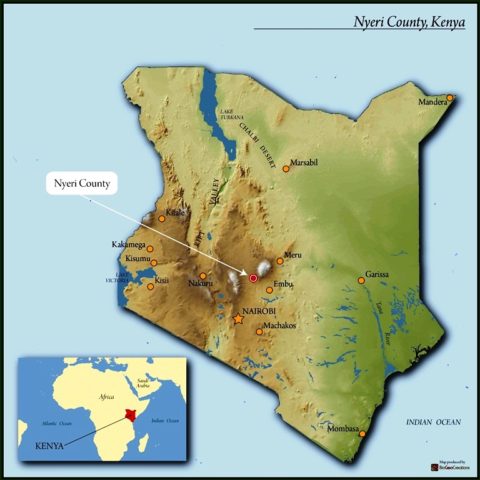
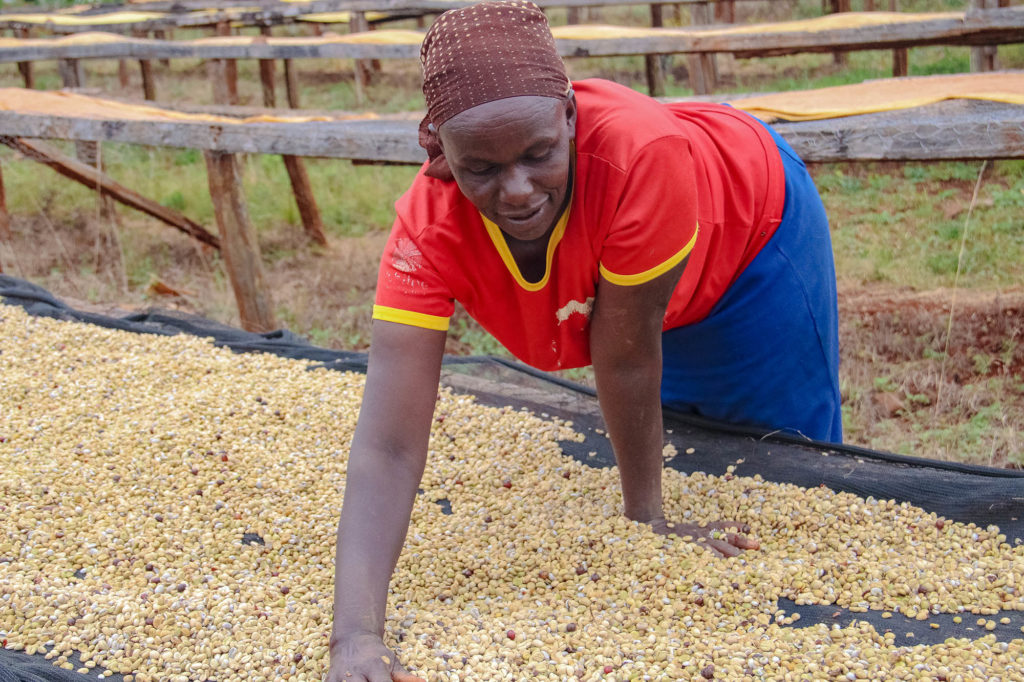
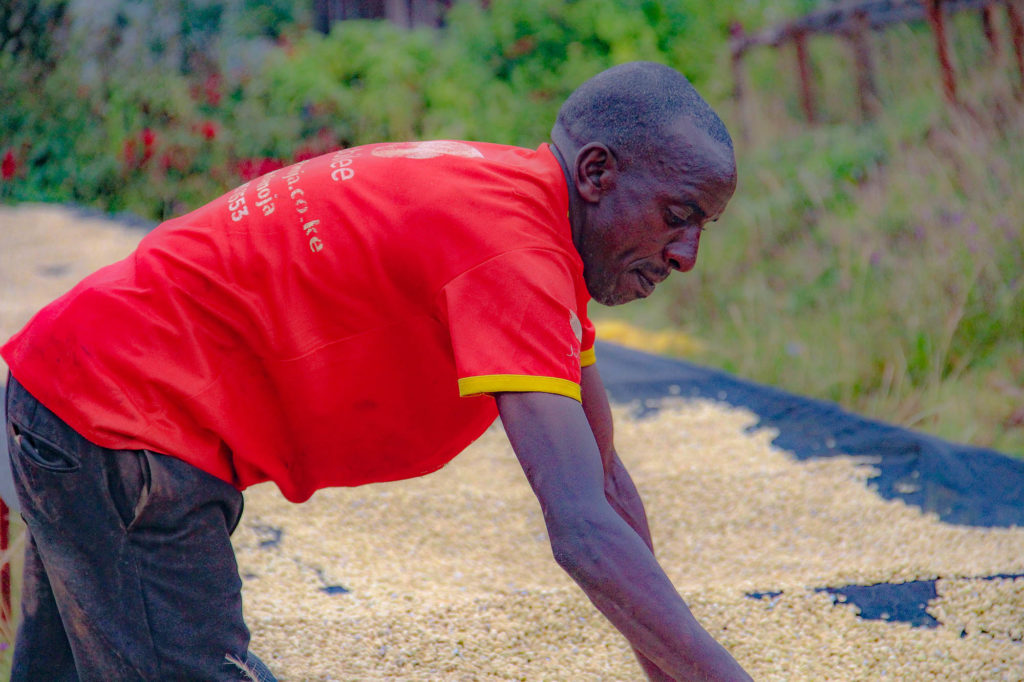


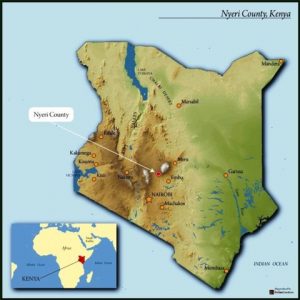
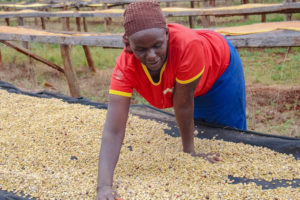
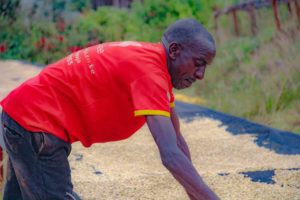
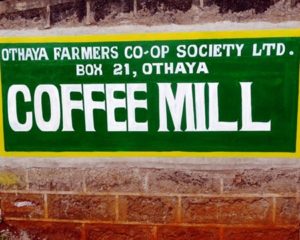
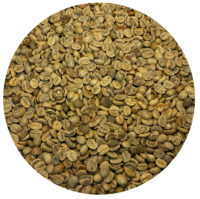
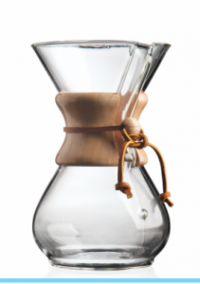
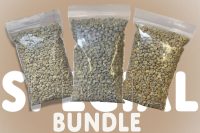


Reviews
There are no reviews yet.